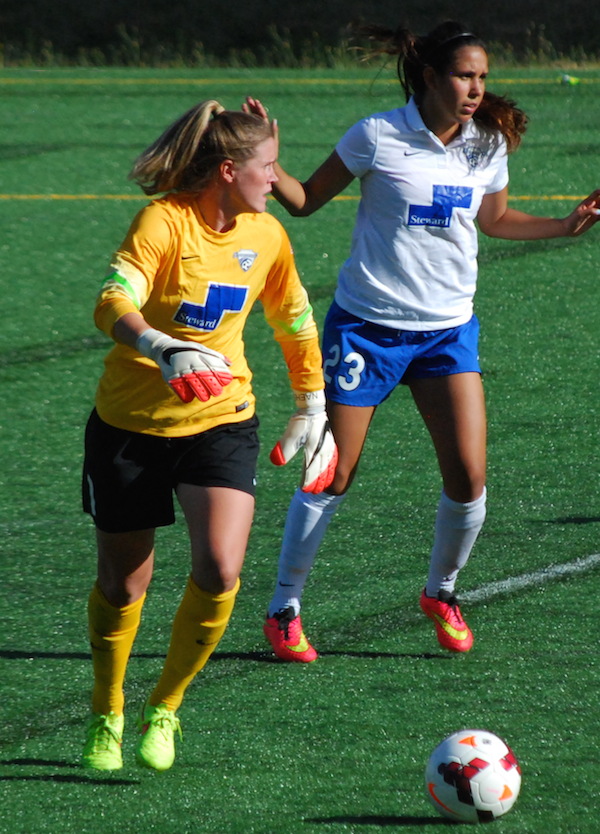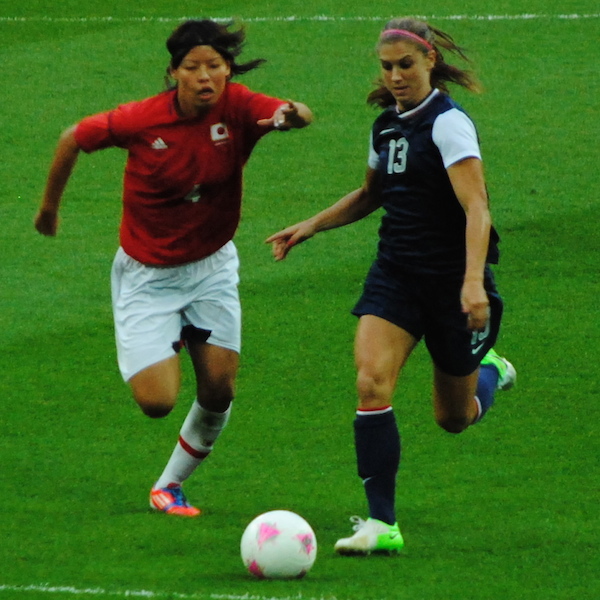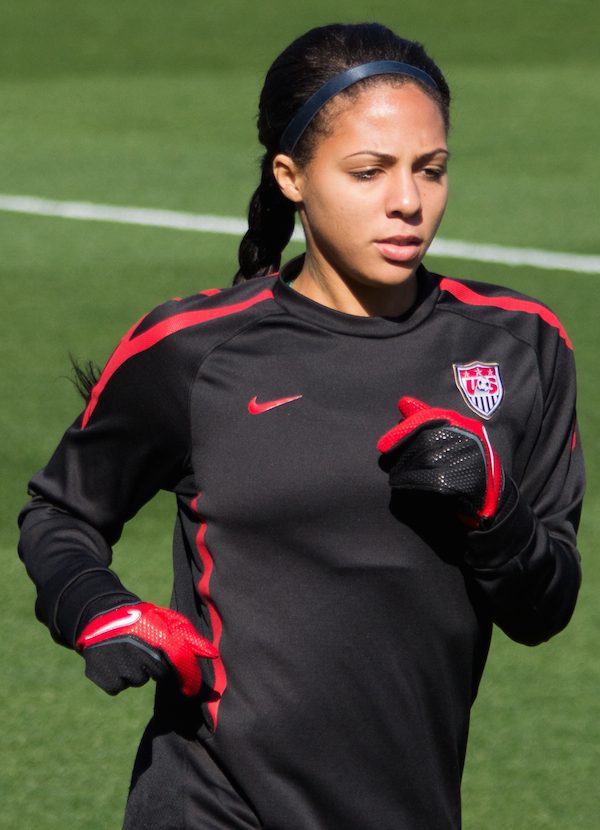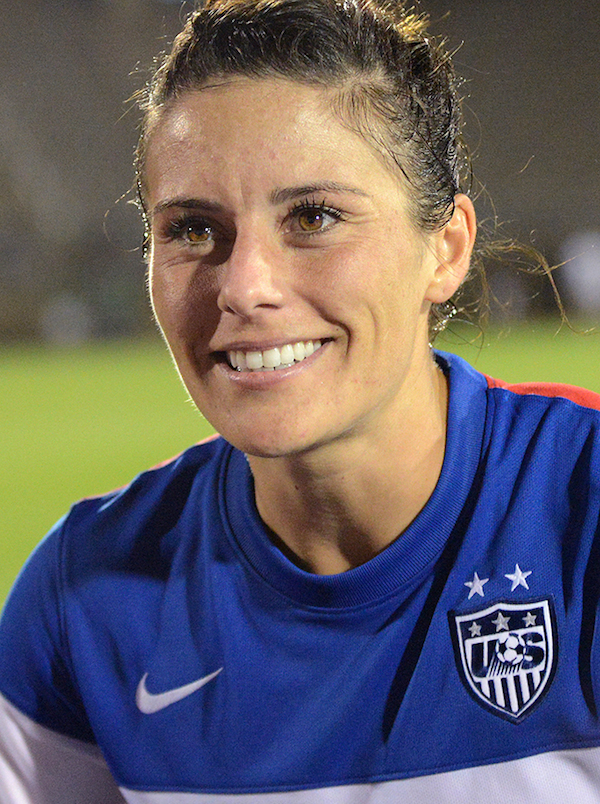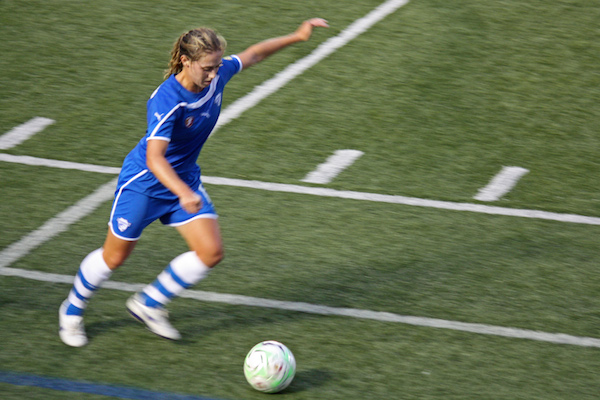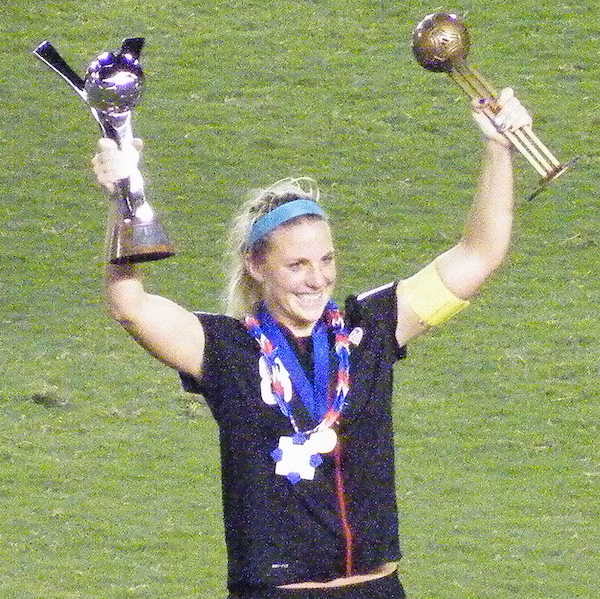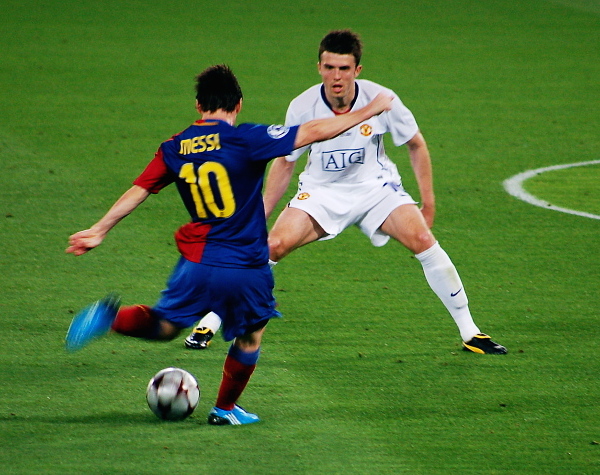Dear Sports Fan,
Why do some numbers in soccer refer to positions? What do they mean?
Thanks,
Susan
Dear Susan,
Numbers are often used in soccer to refer to a player’s position. The use of a number system to refer to positions is not unusual in sports. In American football, the NFL regulates jersey numbers so that each position has a set of numbers only its players are eligible to wear. It’s typical in basketball to refer to a player’s position by number but at least there, there are only five positions to keep track of and a player’s jersey number virtually never matches his position as it sometimes does in soccer. The use of numbers in soccer is legitimately confusing for a few reasons. First, there are 11 players on the field for each team and remembering 11 positions by number is difficult. Second, there was once an assumption that a player would wear the number of the position he played but that’s no longer the case. Third, the meaning of the numbers has evolved over time in twisted ways so that they can no longer be said to be intuitive. Luckily, only a few positions are commonly referred to by number and they are quite easy to learn. We’ll run through the history first and then get to the modern meanings.
Having players wear numbers on the back of their jerseys is actually a relatively modern phenomenon. It began in the 1920s in England with the club team Chelsea. Instead of giving their players a choice, the team assigned numbers by position. Of the 11 players on the field, they started with the most defensive player, the goalie, and counted upwards from one to 11, going from right to left when players were on the same line. Unfortunately for modern soccer viewers, the teams of the 1920s played a very different formation from ones that are common today. Chelsea played with two defenders, three midfielders, and a whopping five forwards. Today, teams play in more defensive formations with four defenders and either three midfielders and three forwards or four midfielders and two forwards. As you might imagine, this has magnificently jumbled the numbering. The shift in formation is only one of the evolutionary forces that make soccer numbers difficult to follow. Soon after they began using numbers, Chelsea took a trip to South America, where according to Wikipedia, they were called “Los Numerados” or “the numbered.” The South American host teams picked up the concept of numbering their players from back to front but, since they played with different formations, they used almost entirely different number to position pairings.
For a while, this must have been so confusing to international viewers as to make the numbers virtually useless in decoding the game. Over time though, as formations have continued to evolve and soccer has become an even more globally blended game, with players from all over playing everywhere, the differing number systems have coalesced into something of a consensus. Simultaneously, players became more empowered in terms of choosing their jersey number. Although they were in the past, today’s players are no longer required to wear the number of their position. What we’re left with is the use of some numbers to refer to positions despite the fact that their meanings are almost totally divorced from jersey numbers. Here are a few of the most important numbers to know:
- 9 — A nine is the central attacker on any team. Whether she uses speed to streak towards the goal and score or strength to receive long passes and hold on to the ball while his teammates move up the field, the nine is the focal point of the offense.
- 10 — The ten is the best playmaker on the team. The offense flows through her on its way up the field. He is often the best known player, the most well respected player, the highest paid player, and the team captain as well.
- 6 — A six is a holding or defensive midfielder. Like a nine, a player can be a six in different ways. A six may be a big, strong, tough player who acts as an additional defender, following the opposition’s best midfield player and tackling them hard. A six may also be a playmaker, like a ten, but farther back, helping the team transition from defense to offense.
Those are by far the most common positions you’ll hear called out by number. Here are a few others you could learn if you really want to impress people:
- 8 — An eight is an all-purpose central midfielder. Without the offensive playmaking talents of a ten or the defensive mindset of a six, the eight does a little bit of everything. An eight is often one of the hardest working players on the field, since they have equal responsibility for offense and defense.
- 7 and 11 — The seven or eleven are secondary scorers. If a team plays with three attackers, the seven refers to the forward on the right, the nine to the central forward, and the 11 to the attacker on the left. On teams that play with only two attackers, either the seven or the 11 may be an outside midfielder with an attacking mindset.
- 3 — Time to give the defenders some. Defense is by far the most confusingly numbered area (remember the original Chelsea team only played with two of them) but the three is always used to refer to the strongest central defender. A great central defender is big, tough, and indefatigable.
In putting together these definitions, I leaned heavily on this article by Buzz Carrick in the Dallas Morning News. I highly recommend reading it.
Now that you know the meanings given to these numbers, go out and use them in a soccer context. You’ll get some knowing looks from the soccer fans in your life. And if anyone tries to drop a number we haven’t covered, like four or five, just ask them, “Do you mean a South American four or an European one?” That’ll stop them in their tracks!
Thanks for reading,
Ezra Fischer

